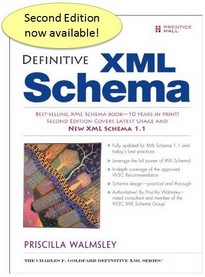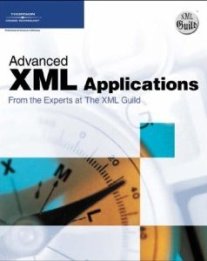temporalReferenceSystems.xsd
See ISO/DIS 19136 15.5. A value in the time domain is measured relative to a temporal reference system. Common types of reference systems include calendars, ordinal temporal reference systems, and temporal coordinate systems (time elapsed since some epoch). The primary temporal reference system for use with geographic information is the Gregorian Calendar and 24 hour local or Coordinated Universal Time (UTC), but special applications may entail the use of alternative reference systems. The Julian day numbering system is a temporal coordinate system that has an origin earlier than any known calendar, at noon on 1 January 4713 BC in the Julian proleptic calendar, and is useful in transformations between dates in different calendars. In GML seven concrete elements are used to describe temporal reference systems: gml:TimeReferenceSystem, gml:TimeCoordinateSystem, gml:TimeCalendar, gml:TimeCalendarEra, gml:TimeClock, gml:TimeOrdinalReferenceSystem, and gml:TimeOrdinalEra.
Schema document information
Namespace: http://www.opengis.net/gml/3.2
File path: external/ogc/gml/3.2.1/temporalReferenceSystems.xsd
Properties: Version: 3.2.1, Element Form Default: qualified



